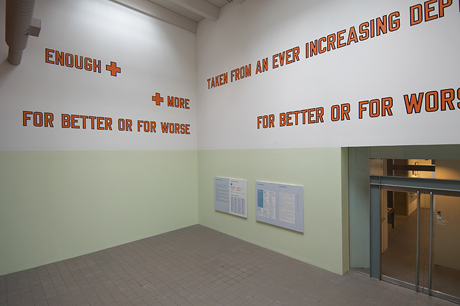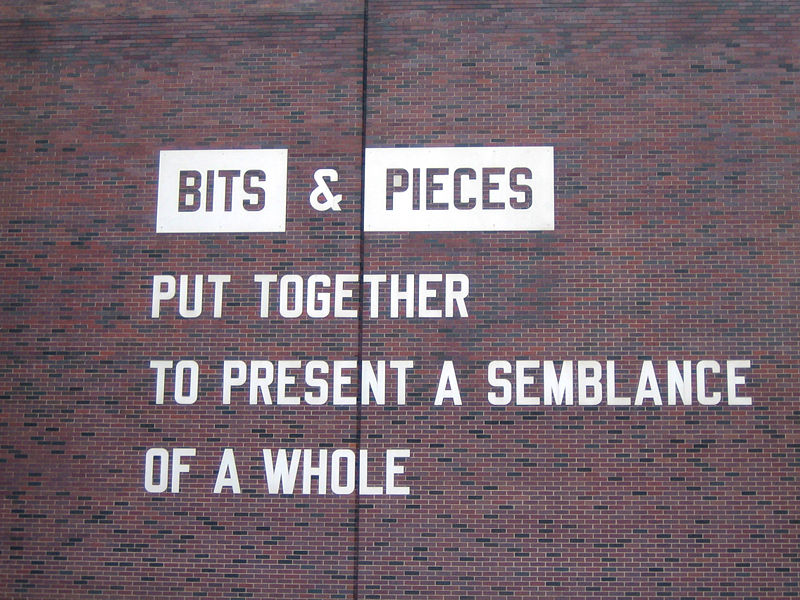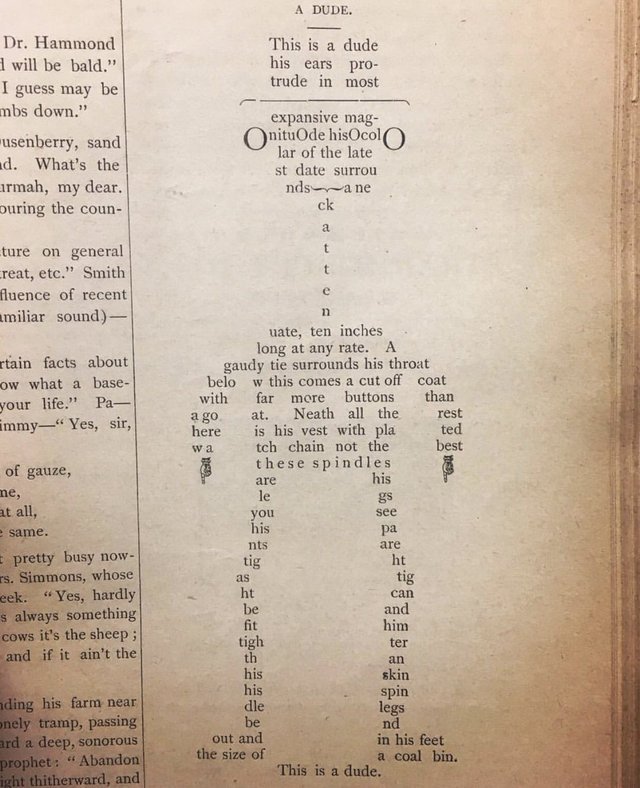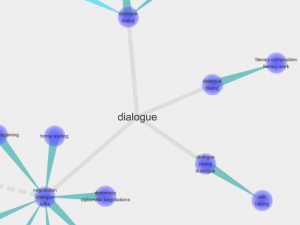
The Globe and Mail has a review of the Lawrence Weiner show at the The Power Plant in Toronto (who must have one of the worst gallery web sites I’ve seen in a long time – lots of navigation for no content in very small type!) e-flux has a better site about the show.
The Globe and Mail article, “Brilliantly maddening word sculptures” by Gary Michael Dault (Thursday, March 19th, 2009, Section R, p. 1) nicely explores the issues around language and art raised by such conceptual work. Dault walked through the show with Weiner and Dault ends the articles with,
We talk about whether language actually means anything at all. “Language does mean something,†Weiner contends gaily, “but not what you thought it meant.†There’s the other side of a cul-de-sac for you.

Weiner’s sculpture with words goes back to the 1960s. His Declaration of Intent (1968) articulates a relationship between instructions for a work of art and the fabricated work.
“1. The artist may construct the piece. 2. The piece may be fabricated. 3. The piece need not be built. Each being equal and consistent with the intent of the artist the decision as to condition rests with the receiver upon the occasion of receivership.”
Does it matter if the work is actually put together from bits and pieces? Do the bits and pieces of social media (like the bits of blog entires, or the pictures of words in the Dictionary) make a whole or its semblance?









